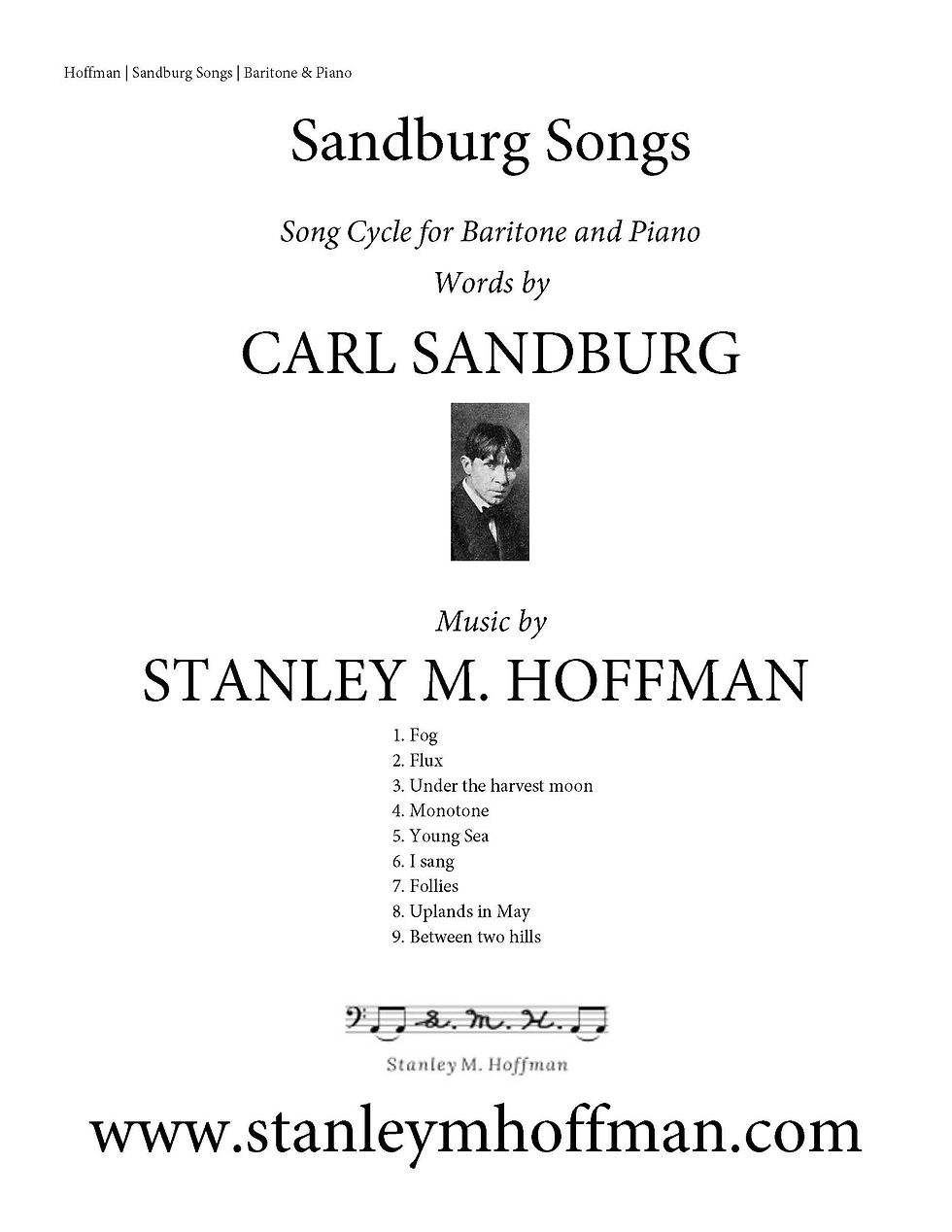NEW! "Enigmatic Dance Suite" for Vibraphone Solo (2024)
- Stanley M. Hoffman
- Nov 14, 2024
- 2 min read
Updated: Nov 15, 2024
NEW!
"Enigmatic Dance Suite"
for
Vibraphone Solo
(2024)
I have long wanted to compose music using Olivier Messiaen’s "modes of limited transposition. I recently completed a brief dance piece for classical guitar where I first succeed in doing so with limited use of the modes. I figuratively “stretched my legs” as a composer with that piece, paving the way for my using the modes much more extensively in my next project.
Composed for The Vibraphone Project’s call for scores, "Enigmatic Dance Suite" picks up where that piece leaves off, employing seven of those modes. The result is a work with intentionally vague tonality in which shifting tone centers form its basis. To increase the sense of vagueness, the two main tone centers are a tritone away from one another (C-Gb). This composition is intended for performance by advanced performers.
The forms, tempos, and rhythms in this suite are mostly traditional: Allemande, Courante, Sarabande, and Gigue, with the latter movement being in the more atypical form of a Rondo. The first three movements are fairly serious in mood, whereas the final movement is rather lighthearted. The Gigue also sounds more tonal than the preceding three movements, especially in the C section of the A-B-A-C-A form. The fourth movement also features percussive sounds to emphasize that this is a dance suite, and to impart an additional sense of levity in the finale. A cheeky aspect of the music notation is that I use flats and naturals in movements I–III; sharps appear in movement IV to emphasize the more tonal basis of the music.
Follow the next URL to watch a scrolling score music video of my as-of-yet unperformed "Enigmatic Dance Suite" on my YouTube channel.
This title is available for licensing from me, and for sale from Sheet Music Plus.
Follow the next URL to view a watermarked PDF of "Enigmatic Dance Suite" on my website.
Follow the next URL to hear a synthesized rendition of "Enigmatic Dance Suite" on my website.
I hope you enjoy "Enigmatic Dance Suite." Thank you for your time and attention.
Stanley M. Hoffman, PhD






Comments